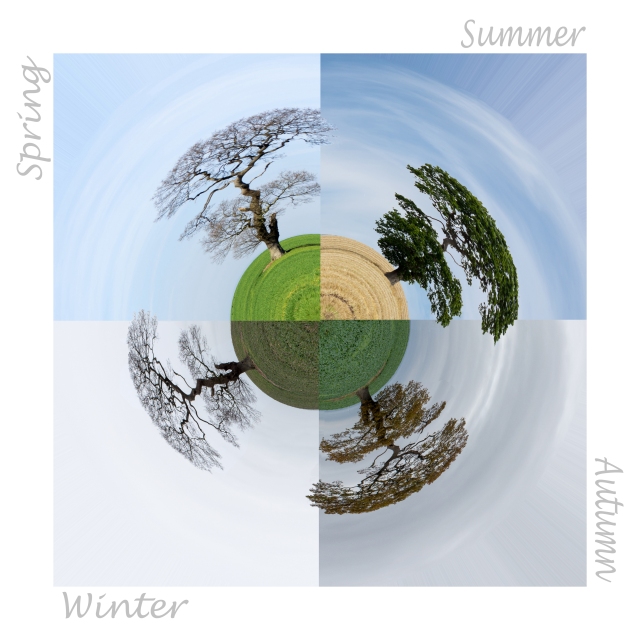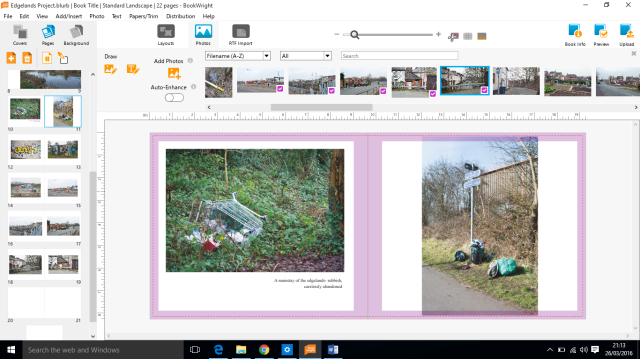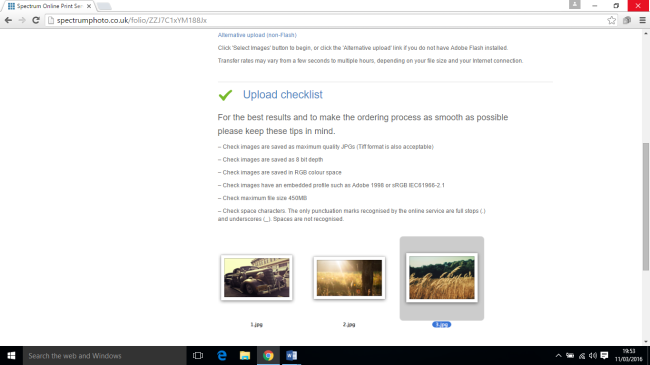For my representation of the idea of ‘transitions’ within the landscape, I chose to photograph “Maria’s tree” in Rugeley. This provided a very simple landscape which would allow me to easily take the images on separate intervals and be able to position myself in the correct place. The interval I chose was seasons. By choosing seasons, I was able to show how the tree’s environment is affected over the course of a year.
Following an experimental photography workshop, I struck on the idea of creating a planetoid of each seasonal image. I would then quarter each one and extracting one quarter from each, re-assemble them to create a single planetoid showing the transition of the environment with the tree as a constant. This circular design is ideal to represent the ongoing evolution of the tree’s environment. I was able to show that even though each season is separate, each one flows into the other.
From this assignment, I have learnt how to slowly build up a project while completing other tasks and projects and time management. Due to the nature of the assignment, I had to continually monitor the weather forecasts and judge when would be the best times to go and photograph the scene. Lastly, I learnt about the need for precision within Photoshop for example making sure that each image matched the others perfectly before creating the planetoids.
The challenges I faced were picking an ideal place to photograph, originally I chose the town park however I found this was too busy and decided against it as I felt that it would have been too hard to continually recreate on a monthly or seasonal basis. The other issue was the weather, I had hoped to take a snowy photo for my winter image, however we had very little snow and it didn’t settle. The image I took was taken while it was lightly snowing.
Overall, I found this assignment to be a refreshing change from the others as it allowed me to think more carefully about my subject matter, how to present a series of similar images in a different way and working on long term photographic projects.
FINAL IMAGE




